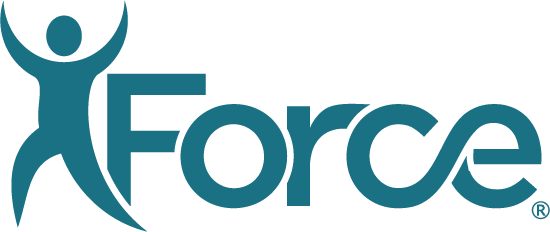In our Q1 Market Outlook we examined three key trends and how healthcare providers could leverage them to get ahead. Just three months later, as we take another step back to analyze the healthcare environment, everything has changed due to the Coronavirus pandemic. This quarter we won’t spend as much time on why these trends are occurring, but rather how you can continue to progress under these unprecedented conditions. Here’s what we’ve found to be driving current elective care strategy:
- Resource reallocation away from non-essential procedures
- Urgency to reboot revenue-generating service lines
1. Manage the perpetual pre-op
In mid-March, CMS released recommendations to postpone all non-essential procedures to free capacity for coronavirus patients. Those who were supposed to have surgery during this time are now faced with the daunting task of waiting indefinitely in a “perpetual pre-op” phase during a federally mandated shelter-in-place.
The challenge:
Although declared “non-essential,” many of these procedures will bring back much-needed physical health to people that have been coping with chronic pain for several years. Coupled with a growing list of initiatives and precautions a health system must take before reopening its doors (e.g. reconvert ORs, redeploy clinical staff, institute COVID-19 testing procedures, etc.), these patients might not be able to get back on the books for months. Patients in this state can be prone to a variety of risks including anxiety, sedentary lifestyle, and pain-killing drug reliance.
Our recommendation:
Given the very limited resource availability and options for face-to-face interaction, healthcare providers must deploy a digital solution to manage the perpetual pre-op phase at scale. There are solutions like Force that contain proven virtual PT and standardized education. The right solution will touch patients every day, encouraging them to remain active in their prehab, practice healthy habits, and keep their care team informed.
2. Overhaul your navigation strategy
Hospitals’ median operating margins fell 150% to negative 8% in March from the loss of elective procedures. Health systems are now facing a backlog of revenue-generating cases, growing more insurmountable each day. CMS provided guidelines to reopen elective service lines, but for some states, this might not be for at least a few more weeks.
The challenge:
Healthcare leaders are undoubtedly feeling the pressure to reopen key service lines as soon as possible. Several systems that we’ve spoken with have landed on dates in April to start back up, but without the most efficient navigation strategies in place, staff can easily become overwhelmed by the rapid influx of demand for non-essential procedures. This is especially true if you plan to perform same-day or outpatient procedures in designated non-covid care (NCC) zones, which is becoming a very popular option to increase case bandwidth.
The solution:
It’s critical that key service line administrators use this time to overhaul provider workflows. By doing so, they’ll be more prepared to jumpstart cases when the switch is turned back on. Technology helps, and many private-sector companies are offering complimentary services to make it more accessible. Proven digital solutions can not only act as a platform for intuitive patient navigation and predictive risk analytics, but also serve as a change-management partner to intelligently adjust provider workflows with minimal day-to-day interruption. Force, for example, brings a decade’s worth of experience and best practices from working with leaders from every corner of the industry.
To summarize:
Change is occurring at an unprecedented rate. The good news is that most of these changes are for you, the healthcare provider, to remain functional throughout the pandemic and get back on your feet as soon as things normalize. We encourage you to seek new opportunities, whether it be congressional funding for telehealth, reimbursement for virtual care, or the ability to treat patients over state lines. Use what’s at your immediate disposal with the long-term vision always in mind. For more on evaluating a virtual care solution, see our Buyer’s Guide.
Force is here to help you navigate the pandemic with technology and creative solutions. Furthermore, we want to be your long-term partner. Visit our virtual resources page or reach out to our team for a free consultation.



